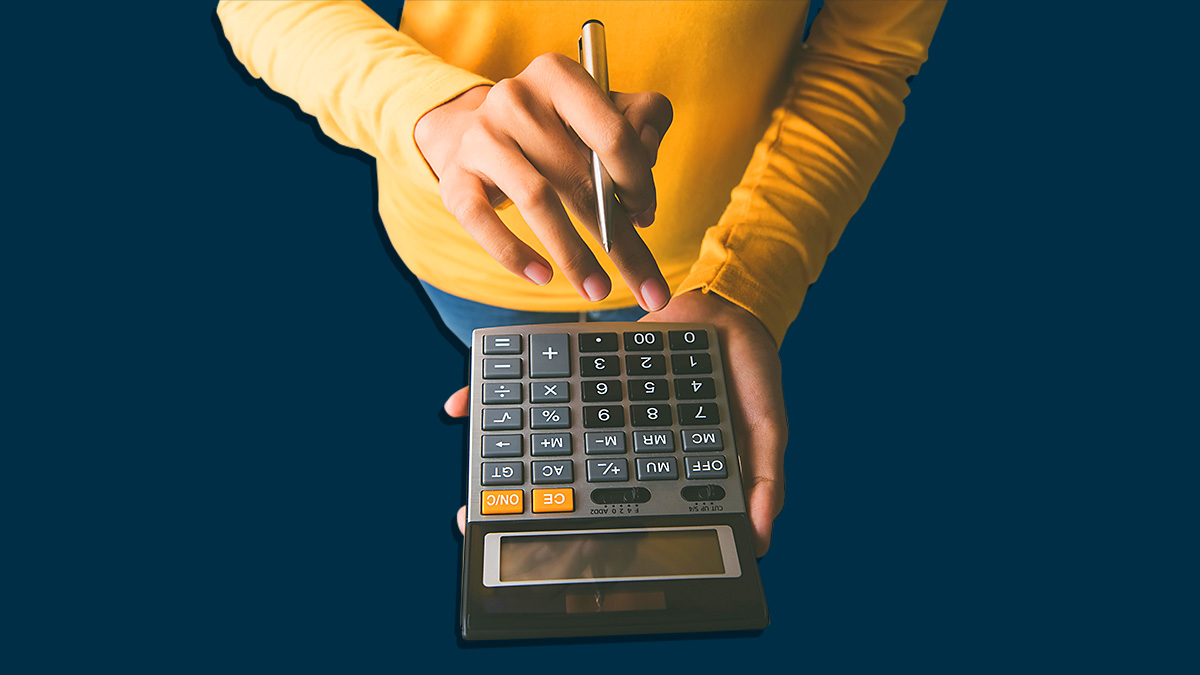Get our independent lab tests, expert reviews and honest advice.
Super tax concessions: A simple explainer

Need to know
- The government recently announced changes to how earnings on super balances over $3 million will be taxed. These changes are slated to apply from 1 July 2025
- There are already heavy tax discounts on superannuation compared to other types of income
- Super Consumers Australia says the change is a step towards a fairer system
On this page:
- What do the changes mean?
- Will the changes make the system fairer?
- Will more Australians be impacted by the changes over time?
- How much super do I need to maintain my quality of life in retirement?
- What can the government do with the extra money?
Assuming the proposed changes become law, on 1 July 2025, the concessional tax rate on earnings for super balances above $3 million will rise to 30%.
In this article, we’ll give you a simple guide to this change.
How are super investment earnings currently taxed while you’re working?
Super earnings are taxed differently depending on whether you’re in the accumulation phase (working and continuing to get super contributions from your employer) or retired.
During the accumulation phase, the earnings on super are taxed at 15%. However, the Retirement Income Review pointed out that franking credits and capital gains discounts means the effective tax rate Australians pay is only 7%. This is a big discount compared to the 45% tax that high-income earners pay on income over $180,000 if the money isn’t invested in super.
If you have a transition to retirement account (which allows you to access some of your super while still working), you’ll continue to pay the 15% tax rate on earnings.
Your super fund will automatically deduct this tax from your account – you don’t have to pay it separately.
How are super investment earnings taxed in retirement?
Once your super is in the retirement or pension phase, you don’t pay any tax on earnings.
You can get your super when you move into the ‘retirement’ phase. But moving into this phase is more complicated than simply being retired.
You can move into this phase once you have satisfied a ‘condition of release’. The main ways to do this are:
- reaching ‘preservation age’ (which is between 55 and 60 depending on when you were born) and retiring – this Australian Taxation Office table helps you find your preservation age
- turning 60 and stopping work (even if you start working again)
- turning 65.
An important rule here is the transfer balance cap, which limits how much money you can move into these tax-free retirement accounts. On 1 July 2023, the cap will go up, meaning your cap is between $1.6 million and $1.9 million – you can view your personal cap in MyGov. If you have more than your relevant cap, you must keep it in the ‘accumulation phase’, the same as when you were working. You’ll pay 15% on the earnings of this amount.
There are also minimum drawdown rates from these income streams. These rates help ensure the system works as intended, with people spending down their retirement income. Again, these rates differ depending on your age. You can find your relevant drawdown rate on the Australian Taxation Office website.
When can you access your super?
You can get your super once you’re in the retirement phase, but this isn’t as simple as just ending work. This decision tree will help you work out if you’re eligible to start accessing your super:
Are you 55 or under?
Yes: You can only get your super in limited circumstances e.g. financial hardship
No: (Go to next question)
Are you 60 or over and have stopped working?
Yes: You can get your super if you’ve stopped work (even if you start working again)
No: Go to next question
Are you 65 or over? Yes: You can get your super.
What do the changes mean?
The Federal Government is proposing that from 1 July 2025, earnings on super balances over $3 million will be taxed at 30% instead of 15%. The tax won’t apply to any earnings before this date.
Australians with more than $3 million in super will continue paying the lower tax rate on earnings below the $3 million threshold. For example, if you have $3.5 million in super, you would pay the lower rate on the earnings of the first $3 million and the higher rate on the earnings of the remaining $500,000.
Estimates suggest this change will impact around 80,000 people. For context, Australians have approximately 23 million super accounts
Estimates suggest this change will impact around 80,000 people. For context, Australians have approximately 23 million super accounts. It’s important to note that it’s earnings on investments, not the balance, that’s taxed. For instance, if you earn 7% on a $3 million super balance, you pay the tax on $210,000, not the full $3 million.
Despite some reports, there isn’t going to be a ‘cap’ on super accounts – you can continue to add to your account above $3 million.
As with the current tax set-up, franking credits and capital gains discounts mean the effective tax paid will be lower than the listed 30%; it will be more like 22%.
Will the changes make the system fairer?
Super generally offers lower tax rates than the other places you might choose to keep your money. The highest rate for income tax, for example, is 45%, and most Australians are in the middle tax bracket, which is 32.5%.
The system offers tax discounts to allow people to build up income to use during retirement. But anti-poverty advocates have pointed out the concessions have gone far beyond helping people save for retirement and are assisting very wealthy people to pay less tax and pass on inheritances.
The changes would mean government support is better targeted to those who need it
Xavier O'Halloran, Super Consumers Australia
“$3 million is far more than anyone needs to fund a decent retirement, which should be the goal of superannuation – not tax avoidance or bequests for adult children,” said the Australian Council of Social Service (ACOSS) when the changes were announced.
The independent Retirement Income Review found that super tax concessions predominantly help high-income earners and “increase inequity in the retirement income system”.
“The changes would mean government support is better targeted to those who need it, making the system fairer,” says Super Consumers Australia director Xavier O’Halloran.
Will more Australians be impacted by the changes over time?
There has been some commentary that the changes will impact more people over time as wages rise and more Australians accumulate more than $3 million in their accounts.
The $3 million threshold isn’t set to go up over time. But even in the long-term, the impact of this change is fairly modest – Treasury projections found around 10% of people would pay the higher tax rate on some of their super if the threshold remains unchanged by 2052.
A recent analysis showed that super tax concessions would have cost more than the Age Pension by the year 2050 if they continued unchanged.
Super tax concessions would have cost more than the Age Pension by the year 2050 if they continued unchanged
O’Halloran said long-term projections about the tax concessions need to be viewed in the context of whether the system is equitable and sustainable.
“The Retirement Income Review found that the top 10% of income earners receive more in government support than a person on the full age pension,” he said.
“The system gives a leg up to people who don’t need it.”
How much super do I need to maintain my quality of life in retirement?
Super Consumers Australia previously calculated that home-owning middle income earners need $258,000 in super (for a single) or a combined $352,000 (as a couple) to maintain their standard of living in retirement until age 90. These numbers are based on what retired Australians are actually spending.
These numbers also assume you receive any income from the Age Pension for which you are eligible.
“Encouragingly, the research showed that retirees with this level of wealth were happy and didn’t have elevated levels of financial stress,” says O’Halloran.
What can the government do with the extra money?
The government expects to raise about $2 billion in the first full year from the changes.
The government has already flagged that it is looking for additional revenue to address growing expenditure pressures in defence, health, aged care and the NDIS.
The rate of government rent assistance payments haven’t kept pace with rising rental prices, leaving many retired renters in financial hardship
Xavier O'Halloran, Super Consumers Australia
O’Halloran says it is good that many of these measures are targeted at supporting retired Australians who are doing it tough, but there is one big priority missing – affordable housing.
“The rate of government rent assistance payments haven’t kept pace with rising rental prices, leaving many retired renters in financial hardship. Caught between an inability to return to the workforce and out-of-control rents, people are trapped.”
“The debate should now shift to how the government can support those retirees in the greatest need.”





